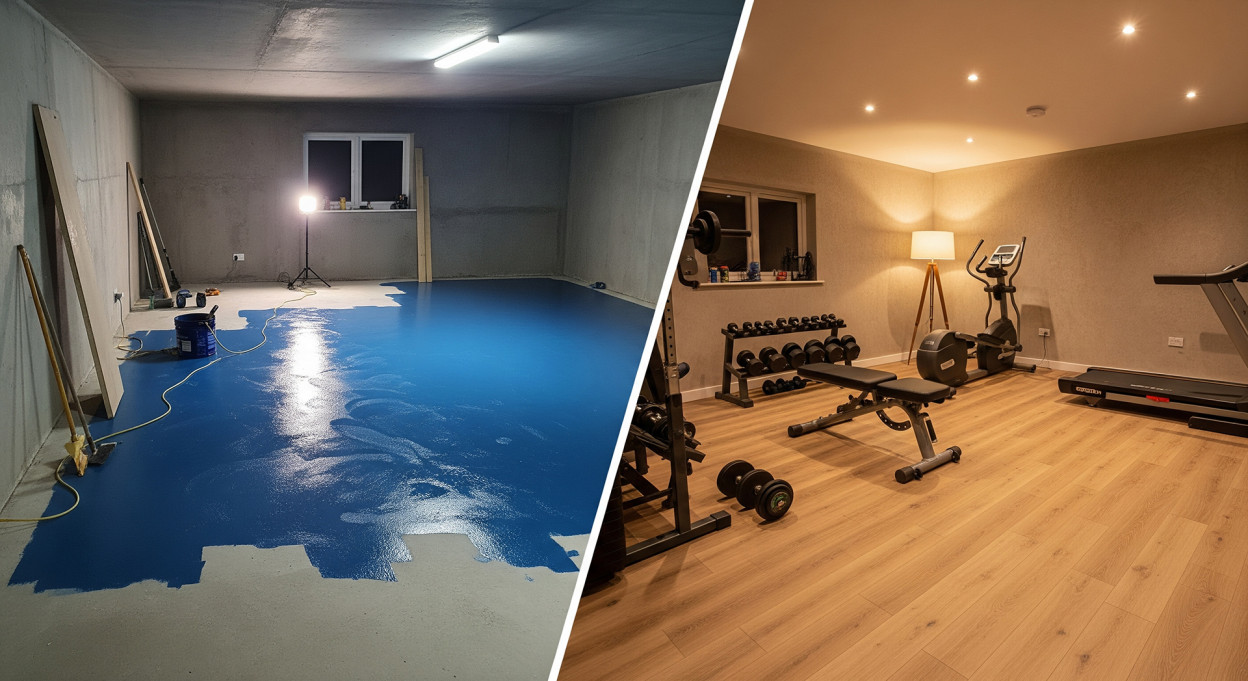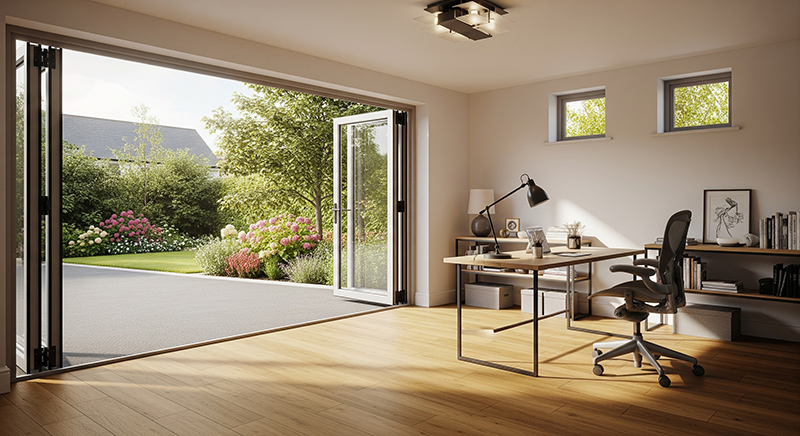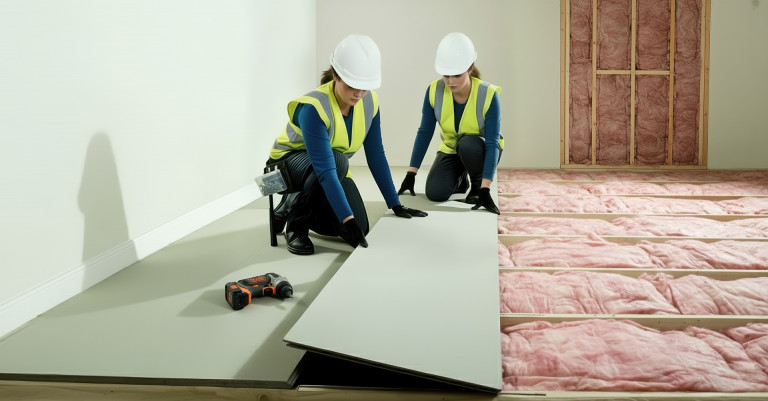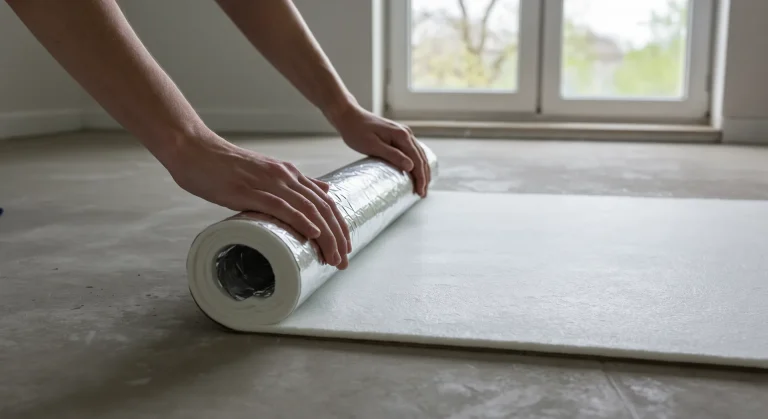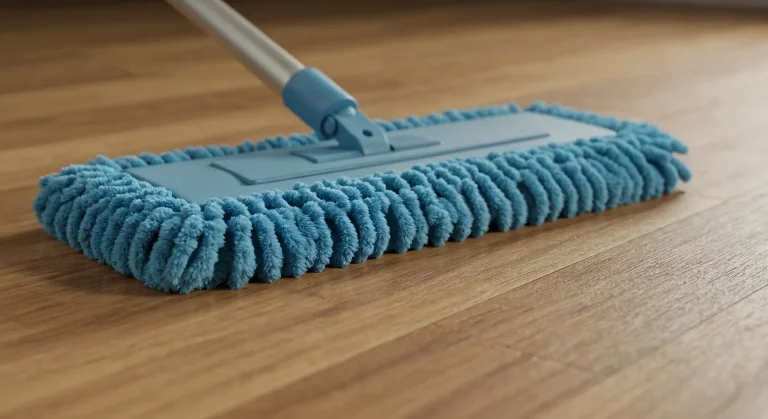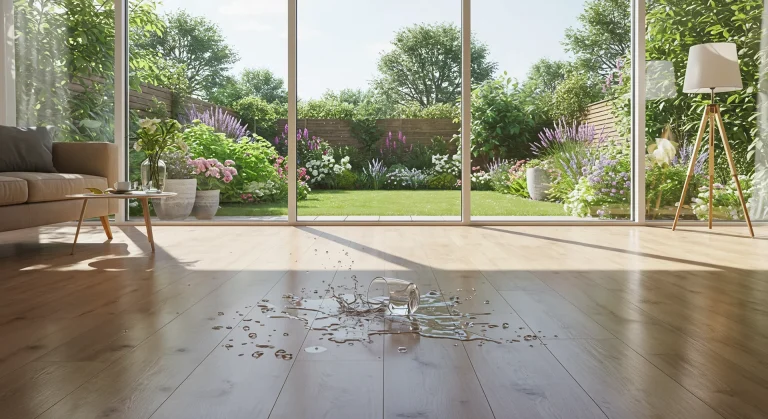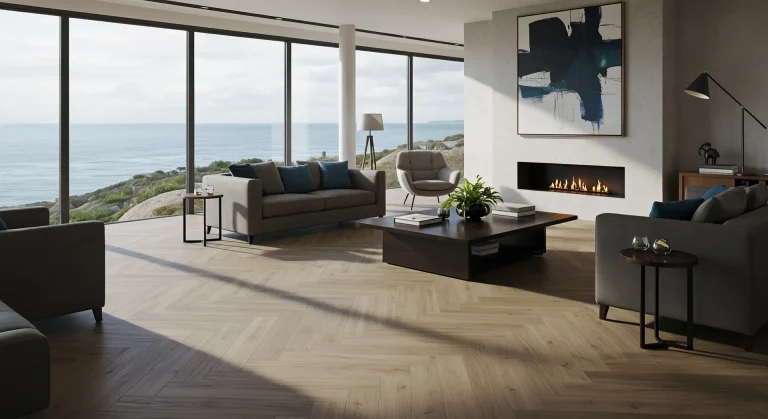Converting a garage is one of the most popular home improvement projects in the UK for 2025. Whether you need a home office, a gym, a playroom, or just an extra lounge, that dusty, cold space holds immense potential. However, the biggest hurdle in turning a garage into a comfortable room is finding the right garage flooring. Most garages are built with a basic concrete slab that is cold, often damp, and unforgiving.
Simply rolling a rug over concrete won’t cut it. To create a truly habitable space, you need a solution that addresses insulation, damp proofing, and durability. This guide will walk you through the essential steps to prep your base and explain why Rigid Core SPC is the ultimate finish to ensure your conversion is stylish, practical, and built to last.
Jump to Section:
- The Challenge: Dealing with Cold Concrete
- Preparing the Base: Do You Need Insulation?
- The Ultimate Solution: Rigid Core Luxury Vinyl (SPC)
- Why SPC is Better Than the Rest
- Flooring to Avoid in a Garage Conversion
- Making Your Garage Feel Like Home
The Challenge: Dealing with Cold Concrete
Before you choose the finish, you must understand what lies beneath. A standard garage floor is usually a thick slab of concrete sitting directly on the ground. It acts as a massive thermal bridge, sucking heat out of the room and conducting cold up from the earth. It is also prone to “sweating” or rising damp if a proper damp proof membrane (DPM) wasn’t installed when the house was built.
The Difference Between House and Garage Floors You might wonder, “My kitchen has a concrete floor and I laid flooring directly on that, so why is the garage different?” In a modern UK house, the concrete floor usually has thick insulation boards buried within or under the concrete screed during construction. A standard garage floor rarely has this. This means laying flooring directly onto a garage slab will result in a significantly colder floor than doing the same in your kitchen.
Preparing the Base: Do You Need Insulation?
To handle this, you have two main routes depending on how you plan to use the room.
Route A: The Full “Warm Room” Conversion (Recommended for Offices/Lounges)
If this room is becoming a part of your main living space (like a lounge or office) and you want it to meet building regulations for thermal efficiency, you need to build a thermal break. The attached underlay on flooring is for sound and comfort, not heavy thermal insulation.
- Damp Proof Membrane (DPM): Apply a liquid DPM or lay a heavy-duty plastic membrane to stop moisture migration.
- Insulation: Lay rigid insulation boards (like Celotex or Kingspan).
- Floating Subfloor: Lay moisture-resistant P5 chipboard over the insulation.
- Install Flooring: Lay your SPC flooring on top.
Route B: The “Direct Lay” Upgrade (Ideal for Gyms/Workshops)
If you are creating a home gym or utility space and don’t want to lose ceiling height or build a subfloor, you can lay SPC directly, provided you address dampness.
- Check Levels: Ensure the concrete is flat. Use self-levelling compound if necessary.
- Liquid DPM: Paint on a high-quality liquid DPM to seal the concrete against rising damp.
- Install Flooring: Lay your SPC flooring directly on the sealed concrete. The rigid core will bridge minor imperfections, and the attached underlay will provide a barrier against the cold touch of the concrete, though the room will naturally be cooler than Route A.
The Ultimate Solution: Rigid Core Luxury Vinyl (SPC)
For a garage conversion, there is one standout flooring choice that outperforms the rest: Stone Plastic Composite (SPC) Rigid Core Vinyl.
While traditional LVT is flexible, SPC has a core made from limestone powder and stabilisers. This makes it rock-hard, dense, and incredibly stable.
- 100% Waterproof: Unlike laminate or wood, SPC is impervious to water. If you have wet gym gear, a muddy bike, or a minor leak, the floor will not swell or warp.
- Temperature Stable: Garages can fluctuate in temperature more than the main house. SPC is designed to remain stable in these changing conditions, whereas standard vinyl or wood might expand and contract, leading to gaps.
- Integrated Underlay: High-quality SPC planks come with a built-in foam underlay. This saves you buying a separate roll, speeds up installation, and adds essential sound reduction and warmth underfoot.
Why SPC is Better Than the Rest
Why do we recommend SPC exclusively for garage conversions?
- Vs. Laminate: Laminate has a wood fibre core. In a ground-floor garage environment, condensation or damp can cause it to swell and blow the joints. SPC is solid and waterproof.
- Vs. Ceramic Tiles: Tiles are incredibly cold without expensive underfloor heating and can crack if the garage slab settles or moves slightly. SPC is warmer and has a click-lock floating system that tolerates slight movement.
- Vs. Sheet Vinyl: Sheet vinyl is thin and offers zero thermal benefit. It also tears easily if you drag gym equipment or tools across it. SPC is tough and impact-resistant.
Flooring to Avoid in a Garage Conversion
- Solid Wood: It is too sensitive to humidity and temperature changes. It will likely warp, cup, or gap in a garage environment.
- Carpet: It traps moisture, dust, and smells, and is very difficult to clean if you are using the garage for hobbies or exercise.
- Standard Flexible LVT (Glue Down): This requires a chemically perfect subfloor and can struggle with the temperature variances in a garage conversion unless professional high-temperature adhesives are used.
Making Your Garage Feel Like Home
The best garage flooring transforms a cold utility space into a genuine extension of your home. Rigid Core SPC is the only flooring that offers the durability of an industrial floor with the stunning aesthetics of real wood or stone.
Whether you build a fully insulated subfloor for a cosy office or lay it directly over a DPM for a sleek home gym, SPC gives you a waterproof, stable, and stylish finish that is built to last.

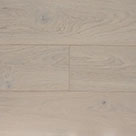 Light
Light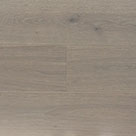 Grey
Grey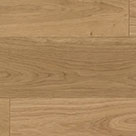 Natural
Natural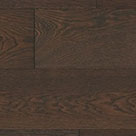 Dark
Dark White
White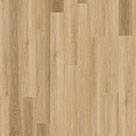 Light
Light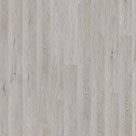 Grey
Grey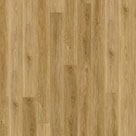 Natural
Natural Dark
Dark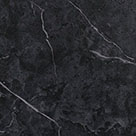 Black
Black